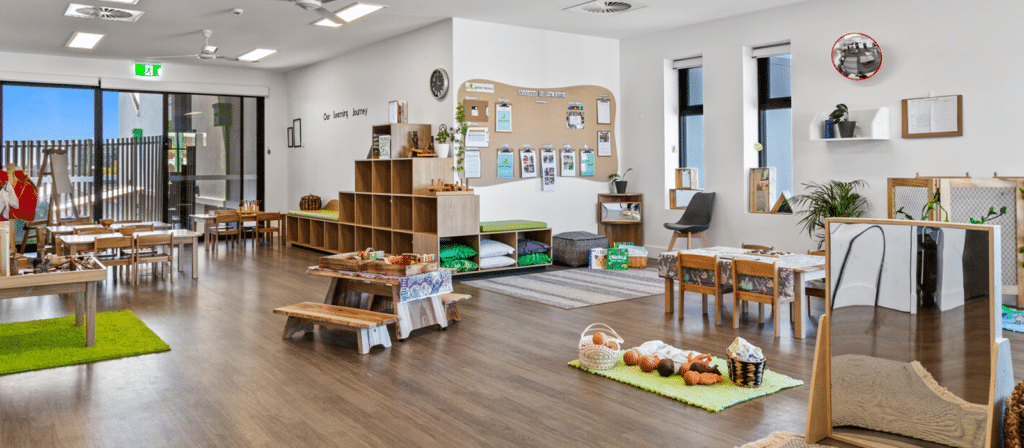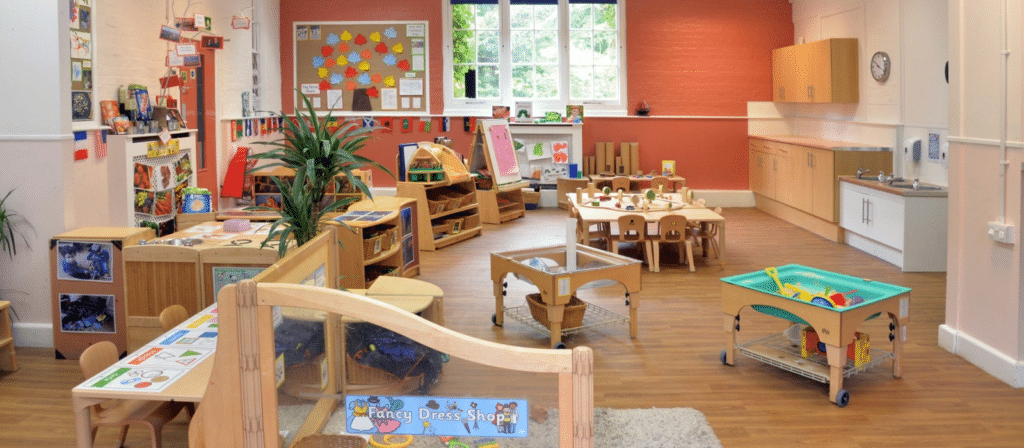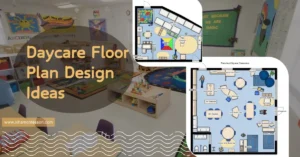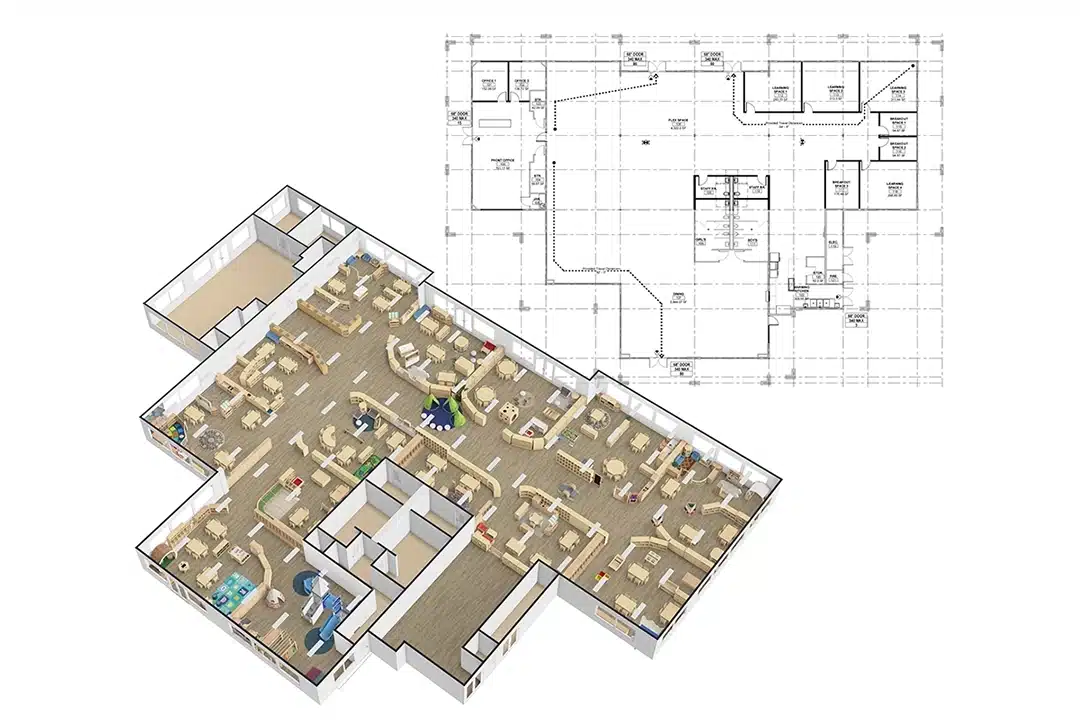As a Montessori educator, I understand the importance of creating an environment that fosters sensory exploration and learning for young children. The sensorial area in a Montessori classroom is specifically designed to provide children with opportunities to refine their senses and develop critical thinking skills. One key component of this area is the furniture, which plays a crucial role in facilitating sensory experiences. In this blog post, I will explore the different types of furniture used in the Montessori sensorial area and their benefits for sensory exploration.
Uncover the power of the Montessori sensorial area and its furniture in promoting sensory exploration. Explore how thoughtfully designed furniture can support children in refining their senses, developing concentration, and building cognitive skills through hands-on experiences.
What is the purpose of the Montessori sensorial area furniture?
The Montessori sensorial area furniture is specifically designed to meet the unique needs of young children as they explore and engage with their environment. It is carefully crafted to provide a range of sensory experiences that support the development of various skills, including visual discrimination, tactile exploration, auditory discrimination, and fine motor coordination.
The furniture in the sensorial area is intentionally designed to be child-sized, allowing children to independently access and explore the materials. This promotes a sense of independence and empowerment, as children are able to choose and engage with materials that capture their interest and curiosity.
Furthermore, the furniture in the sensorial area is made from natural materials such as wood, which appeals to the child’s senses and creates a warm and inviting learning environment. The use of natural materials also aligns with the Montessori philosophy of connecting children with nature and promoting sustainability.

Types of furniture in the Montessori sensorial area
- Sensorial shelves
Sensorial shelves are a fundamental piece of furniture in the Montessori sensorial area. These shelves are typically low and accessible to children, allowing them to independently choose and return materials. The shelves are organized in a logical and sequential manner, with materials arranged from simple to complex, encouraging children to progress at their own pace. - Sensorial tables
Sensorial tables provide a dedicated space for children to engage with sensorial materials. These tables are typically sturdy and spacious, allowing children to spread out the materials and work comfortably. The tables are designed to be at the child’s height, promoting proper posture and ergonomics during exploration. - Floor mats
Floor mats are an essential part of the Montessori sensorial area, as they define individual workspaces for children. These mats provide a clear boundary for the child’s work and help create a sense of order and organization. Floor mats also provide a soft and comfortable surface for children to sit or lie down on as they engage with materials.
Benefits of Montessori sensorial area furniture for sensory exploration
The carefully selected and designed furniture in the Montessori sensorial area offers several benefits for sensory exploration:
- Accessibility
The child-sized furniture in the sensorial area allows children to independently access and engage with the materials. This promotes a sense of ownership and autonomy, as children can freely choose the materials they are drawn to. The low shelves and tables also promote good posture and encourage proper body mechanics during exploration. - Order and organization
The arrangement of materials on the sensorial shelves and tables follows a logical and sequential order. This organization helps children develop a sense of order and structure, as they learn to return materials to their designated places after use. The floor mats further contribute to a sense of order by defining individual workspaces and providing a clear boundary for exploration. - Natural materials
The use of natural materials in the sensorial area furniture appeals to the child’s senses and creates a calming and inviting learning environment. Wood, in particular, has a warm and tactile quality that enhances sensory experiences. The use of natural materials also aligns with the Montessori philosophy of connecting children with nature and promoting sustainability.

The Montessori sensorial area furniture plays a crucial role in facilitating sensory exploration and learning. From sensorial shelves and tables to floor mats, each piece of furniture is intentionally designed to meet the unique needs of young children. The accessibility, order, and use of natural materials contribute to the overall success of the sensorial area in providing rich sensory experiences. By creating an environment that supports sensory exploration, children are able to develop critical thinking skills, refine their senses, and foster a love for learning that will last a lifetime.
In conclusion, the Montessori sensorial area furniture is not only functional but also aesthetically pleasing and purposeful in promoting sensory exploration and learning. By investing in high-quality, child-sized furniture made from natural materials, educators can create an inviting and engaging environment that supports the development of essential skills in young children.













